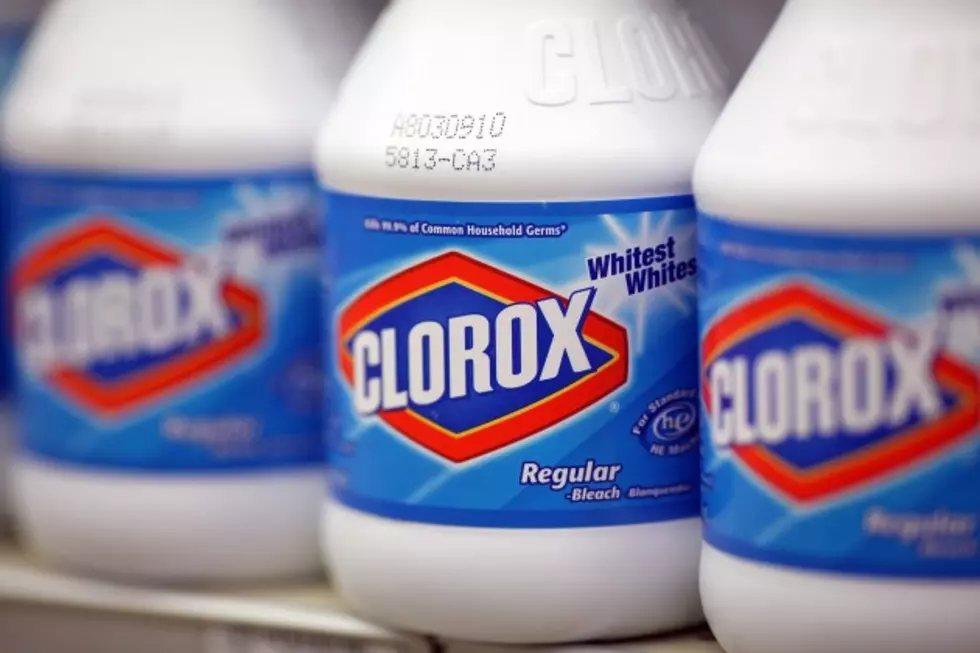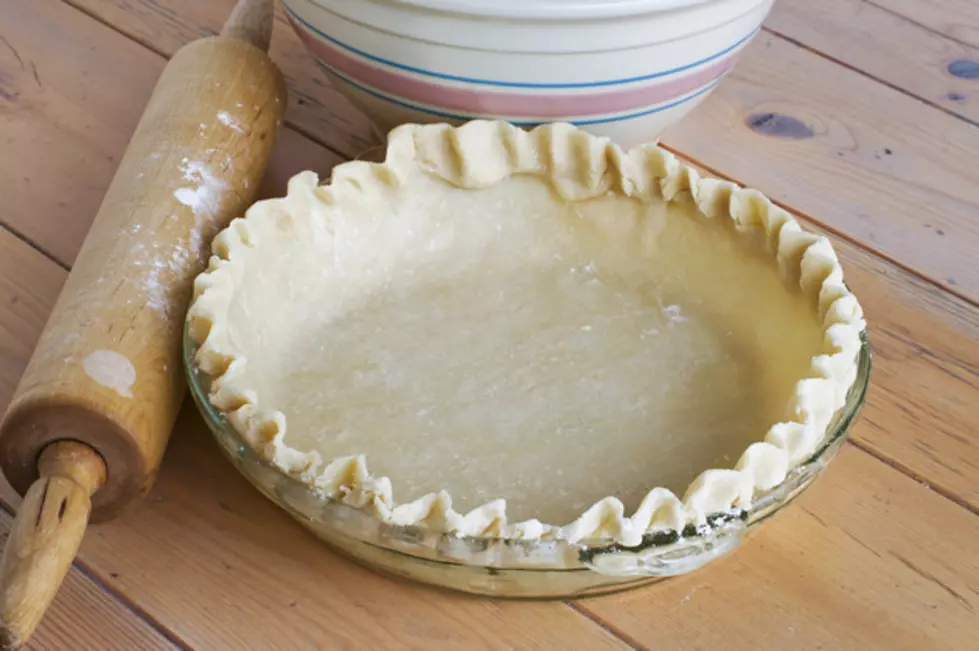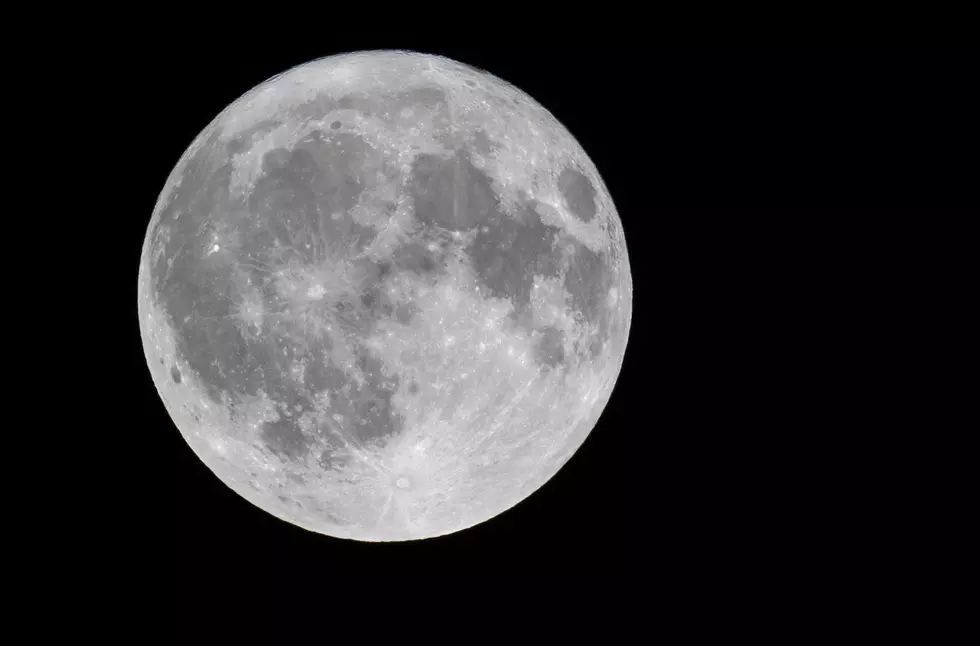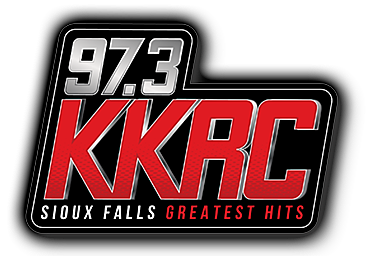
How to Clean and Disinfect After Flooding
Marj Zastrow with the SDSU Extension Office is a wealth of information on how to clean your home after recent flooding. She says although you can hire a company to come in and clean, it is expensive and there could be a waiting list. She says you can often do the work yourself. After up to 8 and a half inches of rain fell last Thursday night in Sioux Falls, Marj has put together nearly everything you need to know to clean, disinfect and dehumidify your home. Here are her tips:
While the water for many has receded, it is still on the rise for some. If you have had water seepage with the recent weather event, or damp basements it is important that you deal with the moisture to prevent the growth of mold and destruction of items either in your living space or personal belongings, or medical issues which may arise.
Molds can be detected by sight, or a damp musty odor. It is generally recommended that if you see mold, or have the damp musty odor that you spend your resources to deal with the issue rather than specifically identify the type mold you have. Whether it is black, blue, green, orange or yellow; mold can cause health issues for many. Individuals have different reactions to mold including coughing, sneezing, itchy watery eyes, etc. The elderly or children, those with allergies and/or asthma are particularly sensitive to mold, as are those with weakened immune systems.
If you have had flood waters or water which has wicked up or run down the wall(s), you may need to remove a portion of the wall board and insulation to allow the wall cavity to thoroughly dry. It is generally recommended that the sheet rock be removed 12” above the saturation line. When removing sheetrock be cautious of wiring inside the walls. It may take several months for this area to dry before you begin renovation.
If you have had flood waters or moisture seepage, it is important that you do a thorough job cleaning and dehumidifying. This may involve the removal of items such as flooring; trim boards, items stored in closets, dressers, etc. Once items are removed, thoroughly clean the walls and floor with an all-purpose, non-sudsing or commercial cleaner. Cleaning not only removes the mold spores, but will remove the food (dirt, grim) which mold spores feed on. When washing walls, wash and rinse from the bottom up.
If you choose, you can sanitize, but sanitation will not clean the area. If you are sanitizing, use ¼ cup bleach/1 gallon water for areas which have been cleaned, and up to 1 ½ cups bleach/1 gallon water for areas which could not be cleaned. Be sure to test the bleach on the area to know that it will not damage the surface. The bleach water should remain on the area 15 minutes before removing. Lastly, never mix bleach with any product containing ammonia as a caustic gas can be formed.
Secondly, after the area is cleaned, it is critical that it be dehumidified. Mildew will grow in an environment with 60% or over humidity. The recommended range of humidity for living spaces is 40-60%. If you have a large space, or a number of rooms, you may need to operate more than one dehumidifier. You can operate fans to slightly circulate the air, but the fan itself will not remove moisture from the environment.
As you replace items in your basement, be sure to allow for good air circulation. Having closets packed, or use of cardboard boxes for storage only contributes poor air circulation and holding of dampness which will contribute to mold growth. Keeping furniture away from the walls and opening up closet doors will aid in good air circulation.
If textile items were dampened or have a musty odor, it is recommended that they be washed to avoid mildew growth. Damp or wet items left in a pile provide an ideal environment for mold growth. Flood soaked or damp items generally can be washed. Be careful not to overload the washer, use a heavy duty detergent and add 1 cup of liquid chlorine bleach per wash load if you choose to sanitize items. Fill your washer first with water, using the hottest water safe for the fabric. Add the detergent and bleach to the water before the clothing. For fabrics such as wool and silk, or those with bright colors, use a non-chlorine bleach. Some clothing articles may recommend dry cleaning. For dry cleanable items, if the item is damp rinse it with cold water and then take to the dry cleaner.
If clothes are wet or mud soaked, they should be rinsed in a bucket/tub before washing to remove any chunks of debris so the washer is not damaged. They may need to be washed two times. If a home washer is available, they can be rinsed and spun out, skipping the washing step, then followed by a pre-soak and wash.
As you are cleaning your space which has been flooded or has had moisture seepage, you may also consider washing the wall décor items with an appropriate all-purpose detergent and window treatments with appropriate washing methods. For fabric blinds refer to the care label for washing instructions.
It may take an amount of time to dry your basement out and control the humidity. Moving all the belongings back in too soon can inhibit the drying process and contribute to mold/mildew growth. The time needed to dry an area depends on how long the moisture was present, the amount of moisture, and what kind of surfaces absorbed water. Surfaces like wood and concrete may appear dry but they may still contain enough moisture to cause problems. Materials such as paint, wallpaper, and floor coverings may not adhere correctly, resulting in blistered finishes, cracking, and movement if the area is renovated too soon.
If the flooring was removed, one method to determine if the area is dry enough to install new flooring is to tape down a 2-foot by 2-foot sheet of polyethylene plastic in an area and lay a heavy blanket over it for a couple of days. If condensation forms on the underside of the plastic, the floor is too damp for laying vinyl or carpet with rubber underlay or backing. Conduct the test in area out of direct sunlight. If the floor is too damp, remove the plastic and continue to dehumidify the area. After the floor has time to dry, repeat the test, and then continue the renovation when the surface under the plastic is dry for 2-3 days.
In the weeks to come if you have a concrete floor in your basement you may have some very noticeable "white growth" which looks like mold. If your floor is clean and the white growth is only noticeable on the concrete it is likely "Efflorescence". With Efflorescence when you touch it, it will crumble; when you sweep it turns to a fine powder; and it appears generally where there are cracks in your concrete. A significant amount of it can cause damage to your concrete, but generally it is not a health hazard. Efflorescence is a reaction of moisture with the compounds in your cement. The availability of water, permeability of the concrete and amounts of soluble compounds determine how much efflorescence will occur and when it will stop. The water temperature and hardness also have an effect.
Efflorescence can be removed by rinsing with water alone if it has just appeared, but it will likely come back depending on the moisture content of the environment and concrete. It can also somewhat be controlled by dehumidification. If the efflorescence reappears (salt deposits) it can be removed by mixing 1 part Muriatic Acid (hydrochloric acid) to 12 parts water and sponging the affected areas. Following the application of the Muriatic Acid solution, the area should be rinsed with water. Extreme caution should be taken when working with Muriatic Acid, be sure you wear rubber gloves, have appropriate shoes on, have the area well ventilated, and know that there are not any other chemical compounds present on the concrete. Those with compromised immune systems or the elderly should not work with Muriatic Acid.
For further information on resources for cleaning household items after moisture or flooding refer to iGrow.org. You may also contact Answer Line at 1.888.393.6336 with a South Dakota area code, or 515.296.5883 for those without a South Dakota area code. There are individuals to answer calls from M-F from 9 am – 4 pm. “Ask an Expert” (www.extension.org) is another excellent source for information and specific questions regarding flooding issues and renovation.
More From KKRC-FM / 97.3 KKRC









